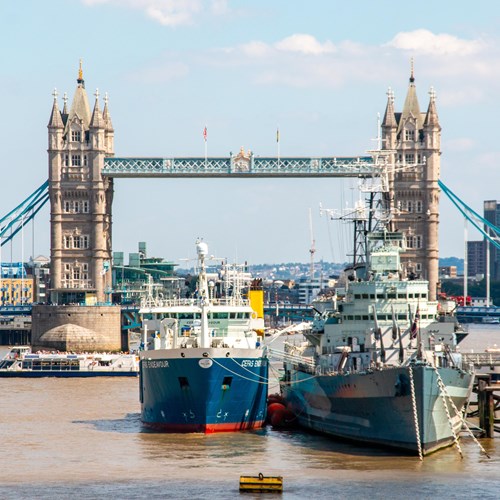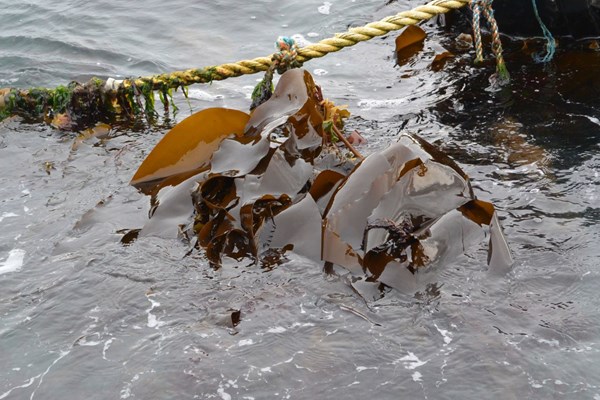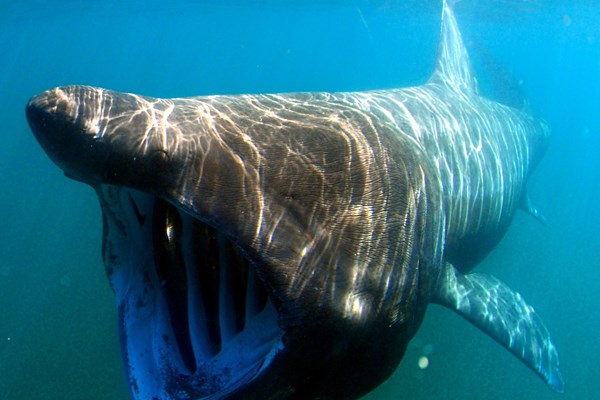New labelling requirements for plastics and microplastics contained in offshore chemicals for the United Kingdom (UK) and Netherlands (NL) (Updated)
11 October 2023
Why are changes to the Offshore Chemical Notification Scheme being introduced now?
OSPAR Recommendation 2010/03 and OSPAR Agreement 2012-05 have been amended to reflect on the use of plastics, microplastics contained in offshore chemicals and deliberately added nanomaterials present in offshore chemicals by the offshore oil and gas industry. The Harmonised Offshore Chemical Notification Format (HOCNF) form (Recommendation 2010/03) therefore now requires chemical suppliers to identify whether their offshore chemical product(s) contain(s) plastics, microplastics, or deliberately added nanomaterials.
The changes introduced to the Offshore Chemicals Notification Scheme (OCNS) allow for the identification of those offshore chemicals that contain plastic, microplastic or deliberately added nanomaterials and that information will be incorporated onto the template for an offshore chemical product issued to suppliers. This information will also appear on the OCNS Definitive Ranked Lists of Registered Products, which Cefas publish every two weeks.
What are the NEW additional template flags showing plastics, microplastics and nanomaterials?
Product flags for “Plastic”, “Microplastic” or “Nanomaterial” will now appear on templates for offshore chemical products issued to a supplier from 06 November 2023.
The OSPAR Recommendation 2010/3 definitions are:
“Plastic” as defined in the marine environment, are substances that solid synthetic polymers insoluble in water.
“Microplastics” are defined as a material consisting of solid polymer-containing particles, to which additives or other substances may have been added, and where ≥ 1% w/w of particles have:
all dimensions 1nm ≤ x ≤ 5mm, or
for fibres, a length of 3 nm ≤ x ≤ 15mm and length to diameter ration >3.
“Nanomaterial” are defined as natural, incidental or manufactured material containing particles, in an unbound state or as an aggregate or as an agglomerate and where, for 50 % or more of the particles in the number size distribution, one or more external dimensions is in the size range 1 nm - 100 nm. In specific cases and where warranted by concerns for the environment, health, safety or competitiveness the number size distribution threshold of 50 % may be replaced by a threshold between 1 and 50 %. By derogation from the above, fullerenes, graphene flakes and single wall carbon nanotubes with one or more external dimensions below 1 nm should be considered as nanomaterials.
What will the templates look like?
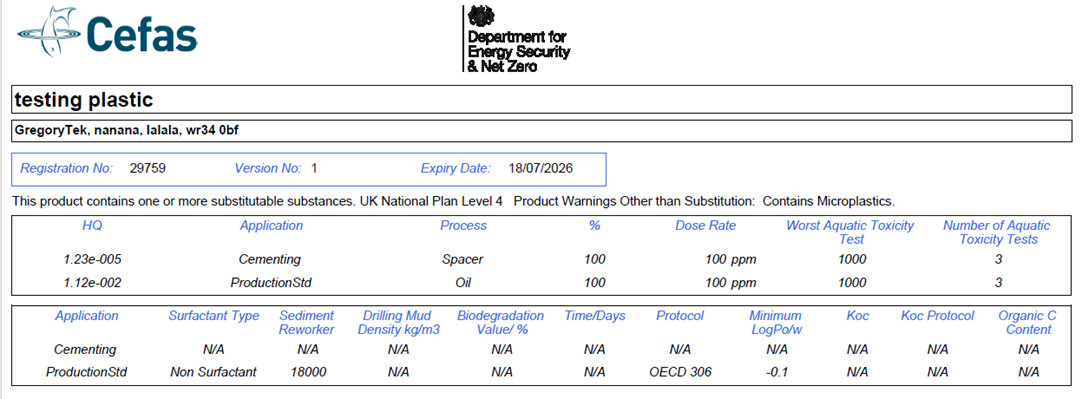
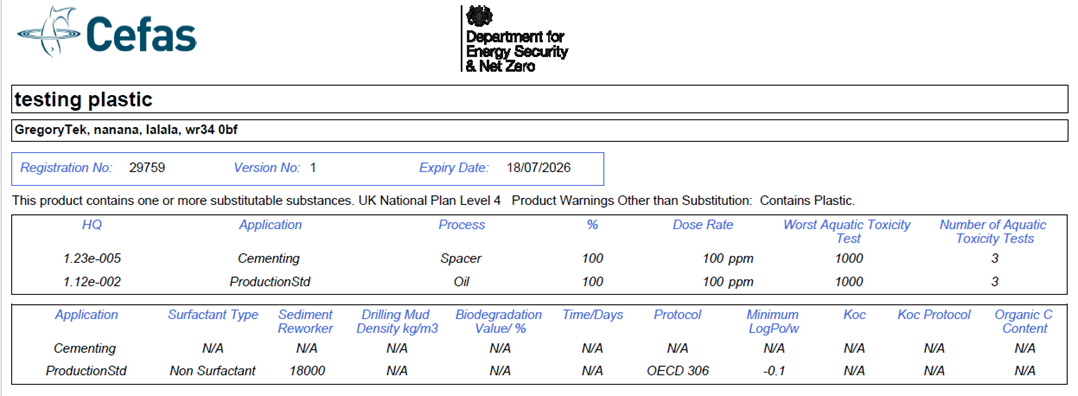
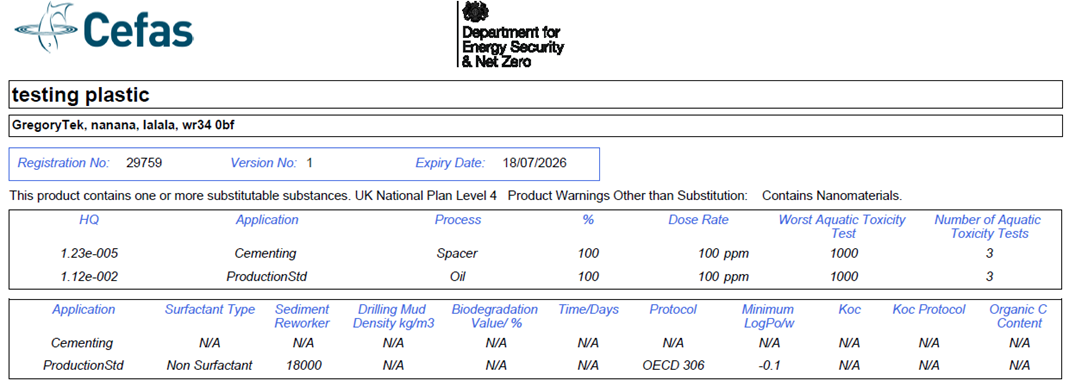
What will the new ranked list look like?
The offshore chemical template flags provide a simple mechanism for accurate reporting and helps to inform an operator if an offshore chemical contains a plastic, microplastic or deliberately added nanomaterial.

